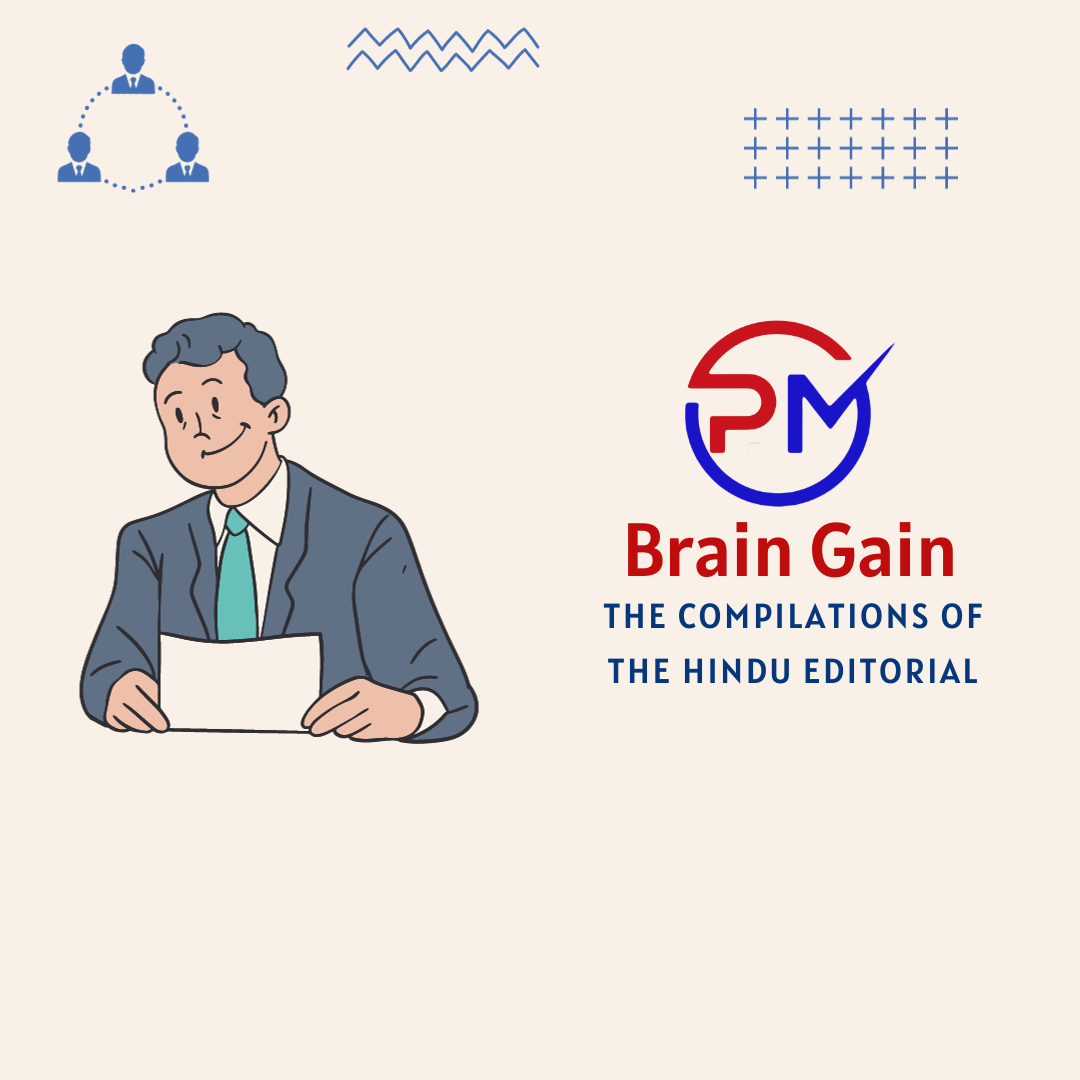Editorial 1 : Steering road safety in India back onto the right lane
Introduction:
- Each year, 3 lakh people are estimated to be killed on the road in India, according to the World Health Organization (WHO). The number of people suffering life altering injuries in road crashes is exponentially higher even than that.
World Day of Remembrance
- As the planet commemorated the World Day of Remembrance for Road Traffic Victims on November 19 to provide a platform for road traffic victims and their families to remember, support and act, such figures should serve as a wakeup call to all of us. We need immediate, coordinated and evidence based interventions to boost road safety and drastically reduce the daily human tragedies behind the alarming statistics.
- This will require strategic investments in road safety measures, concerted political will at the national, State and local levels, and a change of collective mindset — after all, every one of us is a road user in some way — to understand and tackle the scale and importance of the challenge.
| Road accidents in India:In India, road crashes are estimated to cost between 5% and 7% of national GDP. Road safety is a global problem, with 1.3 million people killed in road crashes every year. But almost one in every four road deaths around the world takes place in India. Last week, the Government released a report that 2022 was the most fatal year for traffic crashes in India. |
Focus areas for better safety
- Priority areas must include enforcing the use of seatbelts not just for drivers but also for their passengers. Wearing a seatbelt reduces the risk of death among drivers and front seat occupants by upto 50%, and among rear seat occupants by 25%.
- Similarly, helmet use must be enforced among motorcyclists as well as their pillion passengers. Correct helmet use can lead to a 42% reduction in the risk of fatal injuries. Indeed, vulnerable road users, who include pedestrians, cyclists and the riders of two wheelers, account for almost three quarters of road deaths in India. And passengers unbelted in the back seat are not only risks to themselves upon impact but also to those in the front seat.
- Speeding must be reduced and there can be no tolerance for drink driving; a recent report by the Government revealed that speeding led to 70% of India’s road crash deaths.
- Road infrastructure should be enhanced — too many roads are not in a safe condition, although government programmes in recent years have led to rapid improvements.
- Large scale public awareness campaigns such as the new UN global campaign for road safety #MakeASafetyStatement, involving international celebrities, must be undertaken to secure behavioural changes.
- The call to action is not new. The Sustainable Development Goals, created in 2015, include a target (SDG 3.6) to halve the number of global deaths and injuries from road crashes and a call (SDG 11.2) to make public transport safer, more affordable and more accessible to all. The good news is that we are already seeing steps in the right direction in India.
- The national government’s implementation of the Motor Vehicles (Amendment) Act, 2019, and enhanced data collection from road crashes, are impactful measures that will help experts better understand where and why crashes are occurring, and, therefore, how to reduce them.
The UN helmet
- Police in the major cities, such as the capital, New Delhi, are adopting modern technologies such as intelligent traffic management systems to effectively regulate traffic flows in a much better way and minimise the potential for collision.
- To help increase access to safe helmets, the Special Envoy has worked with helmet producers to produce a low cost ventilated United Nations standard helmet, for under $20, including here in India.
- Your chances of surviving a road crash can vary enormously depending on what State you live in and what access you have to high quality emergency care services and proper aftercare.
- We also need to look increasingly at international best practices and successes and then adapt them to India’s specific needs and circumstances.
- Road safety is a complex and multidimensional challenge, but the benefits that come with addressing it can be equally profound. What we need is a comprehensive safe system approach as envisaged in the UN’s Second Decade of Action for Road Safety 2021-2030, and full implementation of the MVA (Amendment) Act 2019.
Conclusion:
- Ending the silent pandemic of road injuries will not only save lives but also strengthen the economy and improve the quality of life for everyone.
Editorial 2 : Making public education inclusive
Context:
- A recent study by IIM Ahmedabad’s Right to Education Resource Center confirmed that parents lack trust in government schools due to poor quality of education and prefer to admit their children into private schools even if that means spending significantly more on tuition and other fees.
Case study:
- However, the Odisha government’s revolutionary reforms in the State’s public education sector through the Odisha Adarsha Vidyalayas (OAV), the ‘Mo School’ Abhiyan, and the 5T High School Transformation Programme are on their way to making government schools better than private schools in all parameters — infrastructure, affordability and quality.
English medium education
- Education World India School Rankings 2022-23 ranked the OAV in Polasara block of Ganjam district the 5th best school in the government run day school category, and two more OAVs among the top 10.
- In order to address the struggle faced by students in securing admission to the Kendriya Vidyalaya (KV) schools after the first standard, the OAVs provide admission at the secondary stage.
- Odisha’s OAV model aims to bridge the rural urban gap by providing accessible, qualitative and affordable English Medium education. There are 315 English medium coed OAVs in all 314 blocks in rural and semi urban areas of Odisha as of now. They ensure representation for Scheduled Caste, Scheduled Tribe, and female students through reservations. This has led to a higher enrolment of female students compared to males.
- Many vulnerable children who had been victims of child abuse, trafficking, child labour, and child marriage were rescued and prepared for the OAV entrance in 2021. OAVs also provide different types of coaching facilities to enable students to crack national level tests.
- OAVs have promoted social equity by providing a level playing field to students from rural and poor socioeconomic backgrounds. To address pedagogical gaps, the OAV model focuses on continuous teacher education programmes and maintains a teacher pupil ratio of 1:25.
- It has also leveraged digital technology to enhance the accountability and transparency of the system. The Enterprise Resource Planning system and OAV Sangathan website help track the academic and nonacademic progress of each child alongside monitoring the performance of each school, enabling timely strategic interventions.
- Plans are afoot to transform the OAVs into scientifically upgraded Centres of Excellence (CoEs) to foster an ecosystem of innovation and inquiry driven learning.
The alumni connect
- In 2017, Odisha launched the Mo School Abhiyan, a one-of-its-kind initiative that strives to motivate and mobilise the alumni community to contribute towards revamping the government schools in Odisha.
- Founded on five pillars — connect, collaborate, contribute, create and celebrate — the programme connects the schools with alumni from various fields and promotes alumni mentorship for the students. School Adoption Programme (SAP), under the above programme, enables the alumni to make financial contributions to the schools adopted by them.
High school transformation
- The 5T High School Transformation Programme is rooted in the 5T concept of transparency, technology, teamwork, and timeliness leading to transformation. Launched in 2021, the programme focuses on the adoption of educational technology, in the form of smart and digital classrooms, elibraries, modern science laboratories, improved sanitation facilities, and sports facilities in all high schools.
- The programme also caters to the needs of specially abled children. It provides assistive devices and tailored teaching learning materials for students with autism, cerebral palsy, and intellectual disabilities.
- The government has also launched campaigns like ‘Mo School Hockey Clubs’ and ‘Football for All’, thus enabling holistic development of students’ personalities.
- This proactive approach to transforming the education system has led to an unprecedented shift in enrolment patterns. In 2019-20, private schools had 16 lakh students; in 2021-22, this number dwindled to 14.6 lakhs. Currently, 81% of students in the State are studying in government schools.
Conclusion:
- The interventions by the Odisha government have ensured that education is treated as a public good in essence and spirit and have created a strong legacy of an education model founded on equality and excellence. This model can be followed at the national level.


